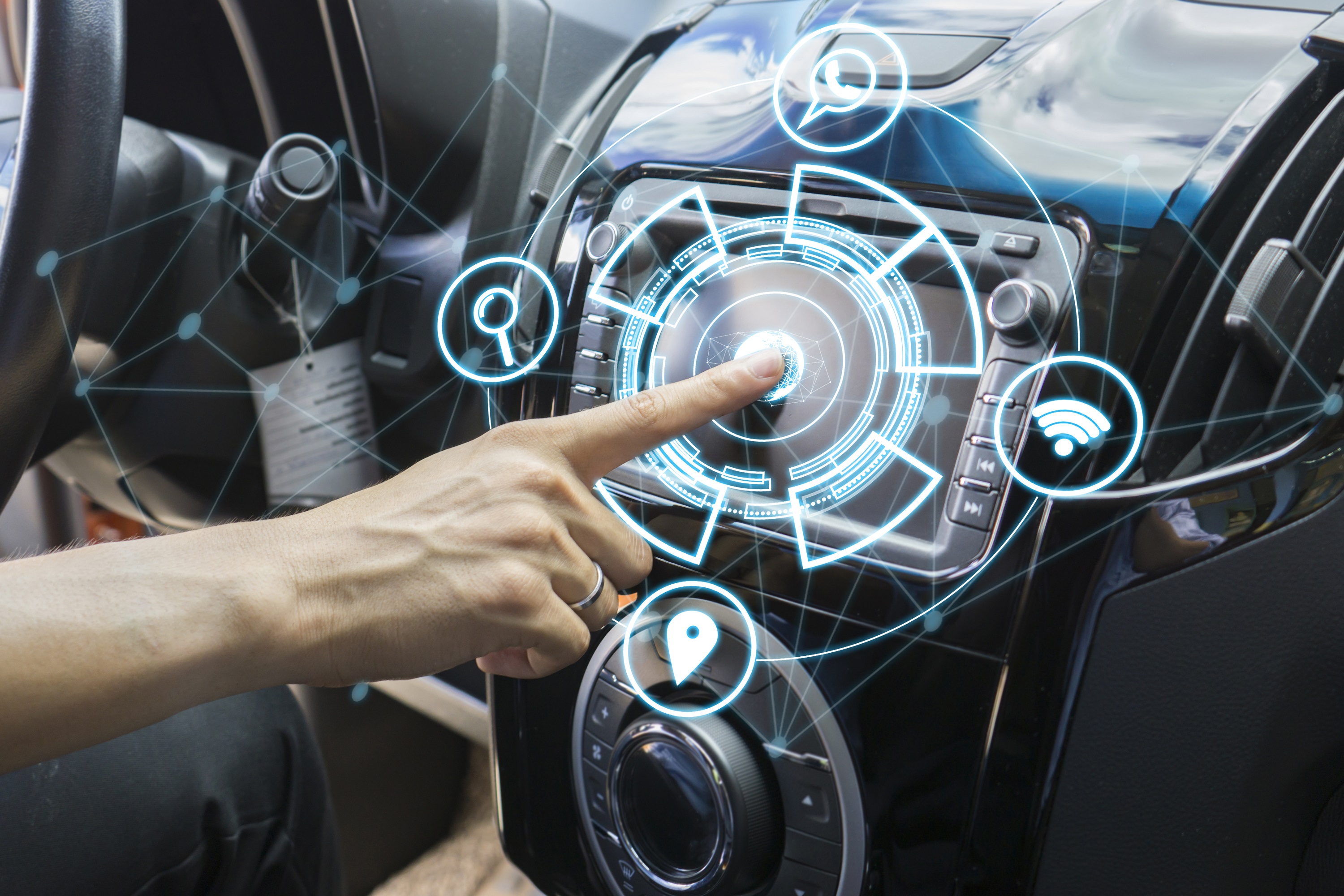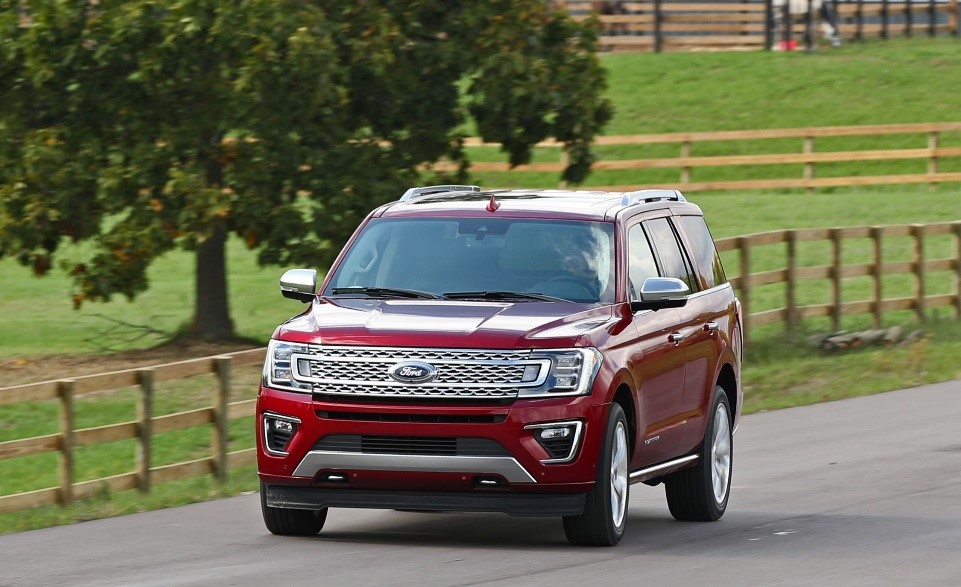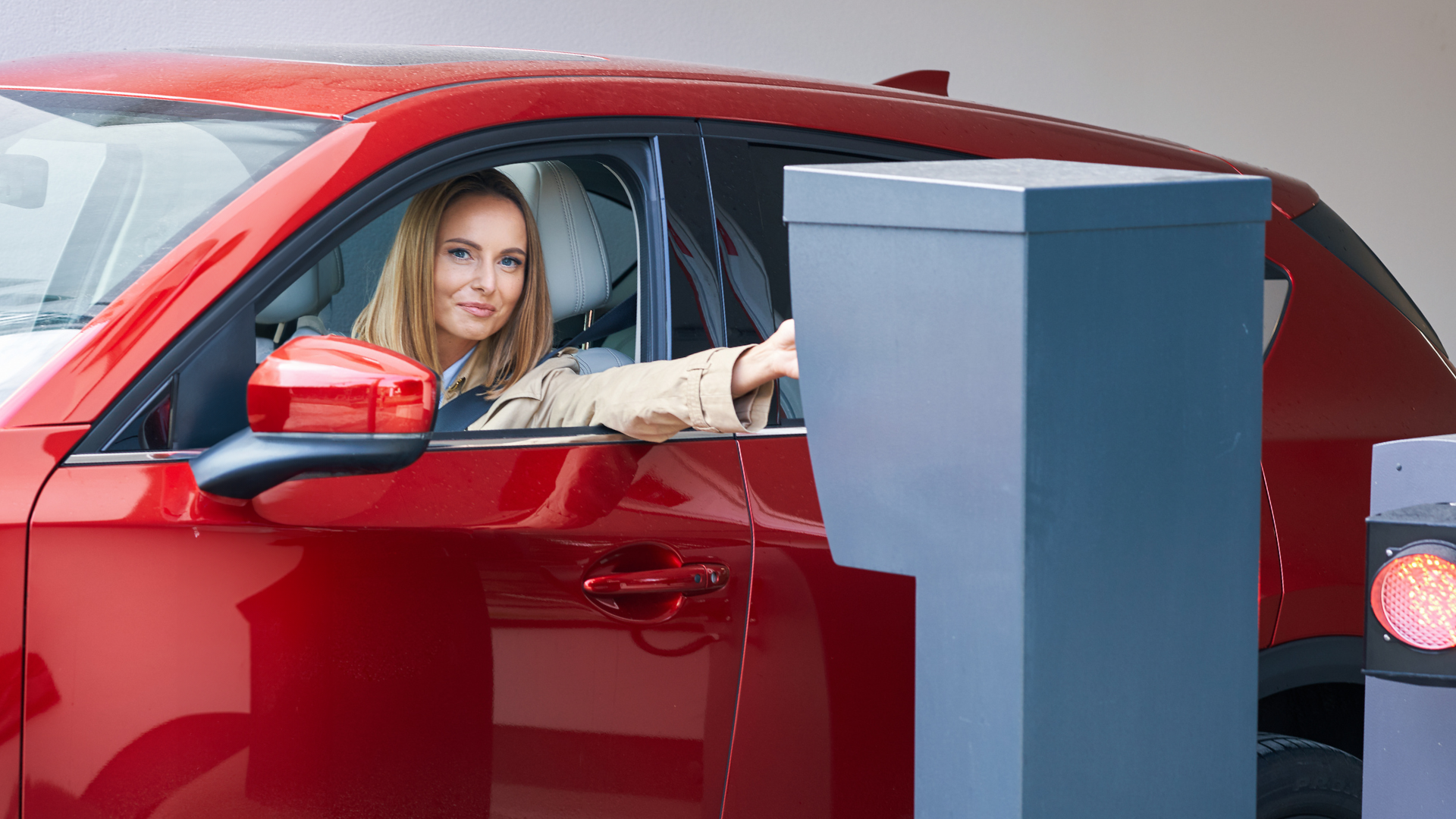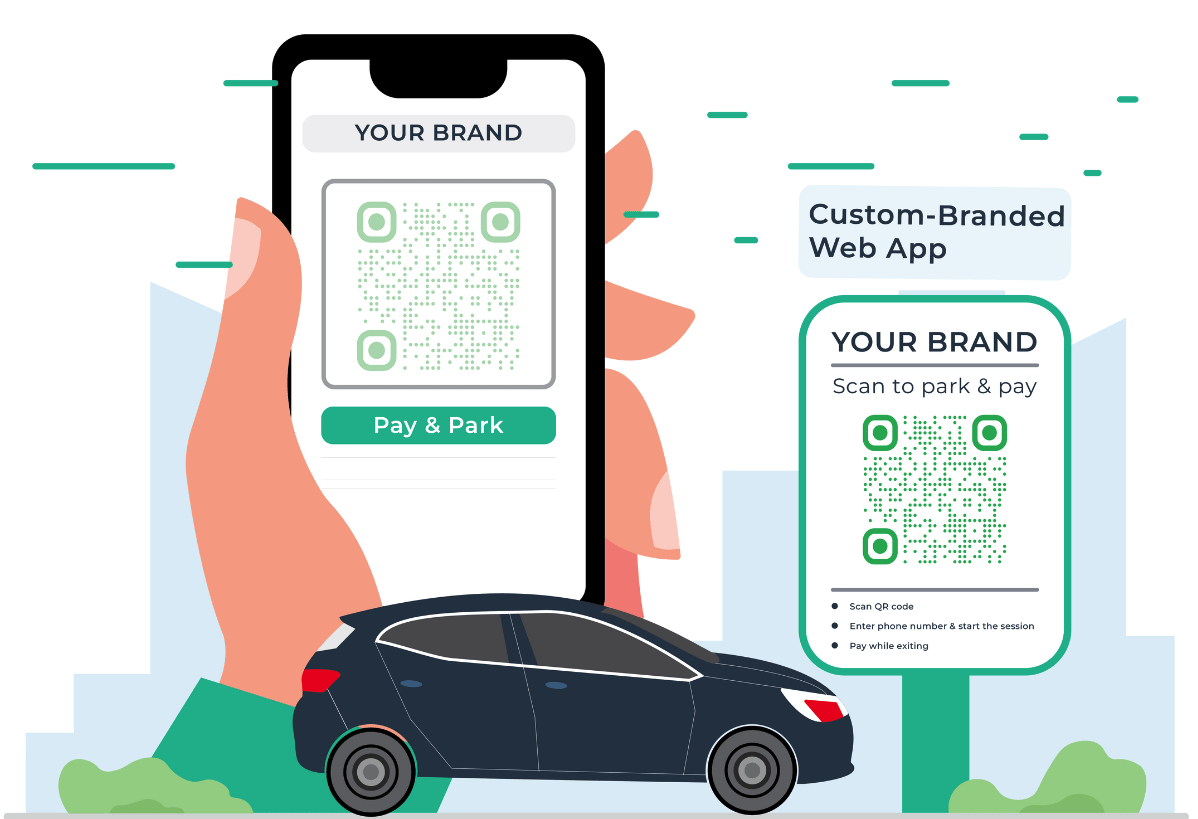29 Self-Driving Car Statistics and Facts4 min read
Reading Time: 4 minutes
The automotive industry has gone through a myriad of technological advances in the last century, self-driving cars being the most recent and fascinating of them all. These driverless vehicles, heralded as the next frontier in transportation, hold the potential to redefine mobility as we know it. While you may have read about this novelty tech online, here are some self-driving car statistics & facts that you may not know.

Self-Driving Car Statistics and Facts
- A driverless Audi, named The Roadrunner, drove itself successfully from San Francisco to New York in 9 days in 2015. It navigated through 15 states, covering a distance of 3400 miles. Even though a driver was inside the car, the Audi managed 99% of the trip on its own.
- In the USA, Google owns more than 50 driverless cars that it regularly tests on public roads. The fleet includes 22 driverless Lexus SUVs and 33 smaller self-driving cars. These automated vehicles can be spotted in Mountain View, California, and Austin. They have driven 1.4 automated miles successfully.
- Originally, Google’s self-driving cars were not supposed to have steering wheels, the accelerator pedal, and the brake pedal. However, the California DMV did not allow this.
- In 2018, the National Highway Safety Association (NHSA) approved Google’s proposal for a self-driving car without a human driver inside. Until then, all driverless cars were mandated to have at least one driver sitting inside the vehicle, just in case.
- 56% of Americans said that they would not prefer being driven around in a driverless car. In general, consumer acceptance for this tech is currently low.
- A driverless car’s Artificial Intelligence (AI) benefits manifold if it is driven on complicated routes involving slopes and intricate turns.
- The self-driving Tesla S model caused a pedestrian fatality in April 2019 in Florida.
- Car insurance costs higher for driverless cars due to their unusual tech profile. It isn’t hard to imagine that the rise of driverless vehicles will drastically alter the automotive insurance sector.
- Statistics reveal that the autonomous vehicle industry is growing globally by 16% each year. The faith in this technology is leading to staggering amounts of financial investments. It is estimated that by 2025 this market will be worth a trillion US dollars.
- Self-driving cars will make the lives of disabled citizens better. Many people have disabilities that make them dependent on others for transportation. This technology will provide them with the freedom to travel independently.

- The concept of self-driving cars dates back to the 1930s. While Google’s Waymo may be the leader in vehicle automation today, they were not the first. General Motors (GM) revealed the first-ever autonomous car in 1930. The technology for making it driverless was, of course, rudimentary, but the idea was the same.
- The American government is willing to invest a whopping $4 billion to make driverless cars a reality.
- This technology is not just to be used in cars. The hope is to extend this technology to tractors, trucks, cargo trucks, and other commercial vehicles. In fact, self- driving tractors are already in use since 2011 for agricultural purposes.
- Your cars may already have a few self-driving features. It is common for many automotive manufacturers to equip vehicles with smart sensors, GPS, radar, etc. that allow for a certain level of automation.
- Most accidents involving driverless cars have been a person’s fault.
- One of Uber’s self-driven cars met with an accident in Tempe, Arizona killing a pedestrian on the 17th of March in 2018.Also Read: 10 Major Milestones in the History of Self-Driving Cars
- Presently, no driverless vehicle is allowed to drive on the road without a human driver inside. In one way, no self-driving car is truly automated.
- Automated car companies mostly hire two drivers to test a vehicle. While one of them ensures that the car stays in its lane, the other one monitors the vehicle’s systems for unusual readings.
- According to recent statistics, the most common accidents that self-driving cars have been in were caused due to a human-driven car rear-ending it.
- In 2019, Uber received a total grant of $1 billion from the automotive giant Toyota and Saudi Arabia to further their research and make this tech safer.

- Statistics confirm that Google’s Waymo to date has been in 24 minor accidents.
- Tesla’s driverless cars tend to hit emergency response vehicles like a fire truck or an ambulance when on autopilot mode.
- Google’s Waymo has the best test driving results as opposed to its competitors Uber and Tesla.
- One of the best self-driving car statistics & facts is that future users will be able to summon self-driving cars remotely from parking lots, driveways or any other location, using their smartphones.
- Driverless cars can see better than humans during the night. This is achieved by installing several high-resolution cameras and radar to precisely determine the car’s surroundings when it’s on the move.
- These cars can race like professionals. Not that they are allowed to driverless cars come without steering wheels and brakes because they don’t need them. However, 75% of Americans want the authorities to make companies install brakes in them.
- 33% of drivers in the U.S. feel that semi-autonomous features in vehicles like automated park assist, lane departure sensors, and autopilot for self-driving will make them better drivers.
- All major automotive manufacturers of the world like Mercedes, GM, Audi, Nissan, Toyota etc. are funding R&D in this technology in a big way.



